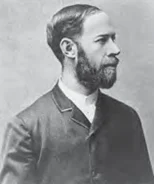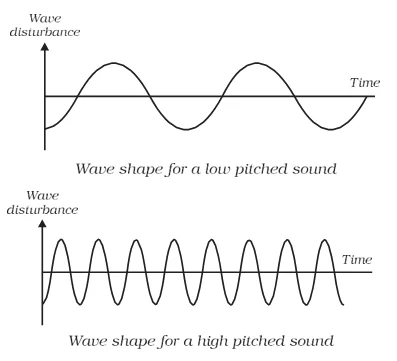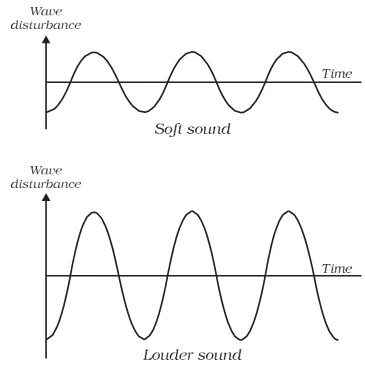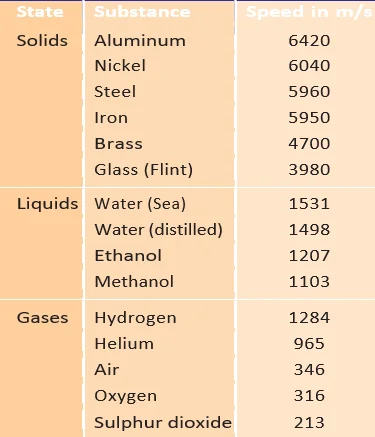![]() 15 Dec 2023
15 Dec 2023
Speed of Sound: Pitch, Amplitude, and characteristics of sound waves
Sound waves, essential for human perception, exhibit distinct characteristics. Frequency determines pitch, amplitude influences volume, and wavelength relates to the spatial aspects of a wave. The interplay of these features, along with speed, phase, intensity, pitch, and quality, defines the rich and varied world of acoustic experiences.
Description of Sound Waves: Frequency, Amplitude, and Speed Essentials
Heinrich Rudolph Hertz was born on 22 February 1857 in Hamburg, Germany and educated at the University of Berlin. He confirmed J.C. Maxwell’s electromagnetic theory by his experiments. He laid the foundation for future development of radio, telephone, telegraph and even television. He also discovered the photoelectric effect which was later explained by Albert Einstein. The SI unit of frequency was named as hertz in his honour.




|
Sonic boom
|
|---|
v = λ ν (1/T = v)
or v = λ ν
That is, speed = wavelength × frequency.

Speed of Sound in Different Media: Medium Properties and Temperature Impact
<div class="new-fform">
</div>